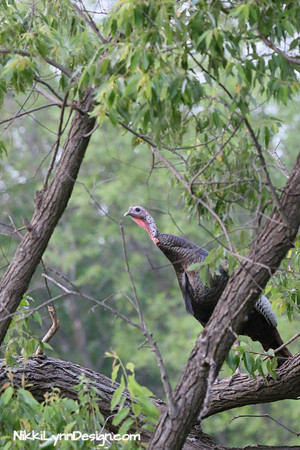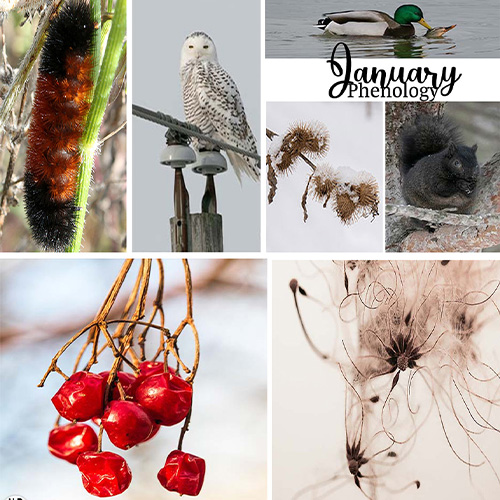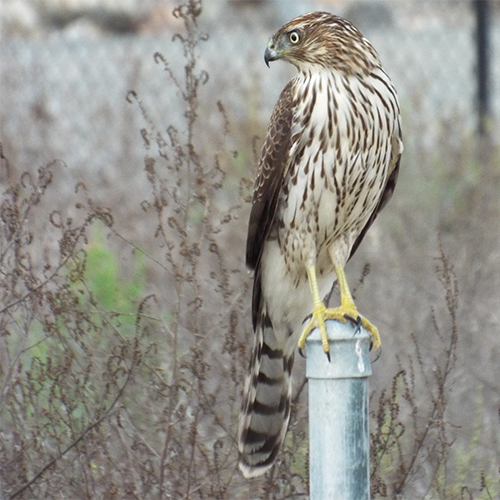3 cool facts about wild turkey, do you know all three?
Three Cool Facts About Wild Turkey
1.) They Have Nictitating Membranes

A nictitating membrane is a transparent or translucent third eyelid present in some animals that can be drawn across the eye for protection and to moisten it while maintaining vision.
Unlike the upper and lower eyelids, the nictitating membrane moves horizontally across the eyeball.
Animals That Have Nictitating Membranes
- Birds: Many birds have a nictitating membrane, which helps protect their eyes while maintaining visibility. Birds of prey, such as eagles, hawks, and falcons, often have well-developed nictitating membranes that they can use to protect their eyes during hunting.
- Reptiles: Nictitating membranes are present in various reptiles, including lizards, snakes, and turtles. In some reptiles, such as crocodilians, the nictitating membrane serves to protect the eye while underwater.
- Amphibians: Some amphibians, such as frogs and salamanders, have nictitating membranes. These membranes help keep the eyes moist and protected, especially when the animals are in water or in dry environments.
- Mammals: While mammals generally have reduced or vestigial nictitating membranes compared to other vertebrates, some species still retain them. Dogs, cats, and other carnivores have a nictitating membrane that can sweep across the eye to protect it from debris and dryness.
- Fish: Some fish species, particularly those that inhabit murky or fast-flowing waters, have a nictitating membrane that can cover the eye to protect it from injury and maintain visibility.
2.) They Sleep In Trees

In the early evening and morning hours, you might catch a wild turkey roosting in a tree.
Turkeys fly into trees to spend the night. A flock of six to 40 birds might roost in the same tree or adjacent trees.
The birds make a lot of noise to alert the other birds if you happen to run into a group.
Additional Animals That Sleep In Trees
- Tree-dwelling rodents: Some rodents, such as squirrels and some species of dormice, construct nests in trees and sleep there. These nests protect from predators and the elements.
- Bats: Many bat species roost and sleep in trees during the day, hanging upside down from branches. Trees offer them shelter and protection while they rest, especially in forests where they can find suitable roosting spots.
- Birds: Numerous bird species sleep in trees, either perching on branches or building nests for resting. Nocturnal birds, such as owls and nightjars, often spend the day roosting in trees.
- Tree frogs: Some species of frogs, such as tree frogs, are arboreal and spend their lives in trees. They sleep on leaves or branches, often near bodies of water where they breed.
3.) The Birds Can Fly

Wild turkeys can fly an estimated 40 to 55 mph covering more than a mile while airborne and swim with ease. But, turkeys usually rely on their feet to escape danger.
90% of the time when you encounter a turkey it will run and some old wildlife books state they can run around 16mph.
Additional Reading: Wild Turkey – Breeding & Raising Young
Did You Know Them All?
So how many of the three cool facts about wild turkey did you know? I’m hoping you have learned a few tidbits of information. Until next time friends – stay safe and get out and #exploremorein24
Sharing Is Caring – Pin Me

The post was last updated in January 2024.
This site contains affiliate links that may provide a small compensation to me —-> at no additional cost to you.













